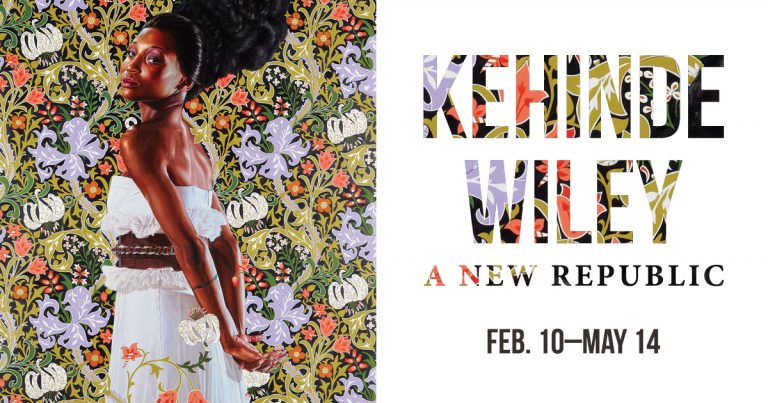A Dangerous Experiment, apart of U-M’s Bicentennial Semester, follows the college careers of the fictional first class of women at Michigan, beginning in 1871 and concluding in 1875. It tells of their trials, triumphs, and the different paths they choose to take. All the women choose a varying way, emphasizing the factions within one movement. Imbued with school spirit, it took a different form than the usual maize and blue rally cry, acknowledging both the strengths and pitfalls of the University’s history.
As I waited in line for the doors of the Keene Theater to open, I looked around and realized the awaiting audience – including myself – was 95% female. While it was not entirely unexpected, being a play about women, it always strikes me that this seems to be the theme in contemporary culture: if the plot is composed of women, it is likely the audience will too.
Emma McGlashen, a U-M student as well as the writer and director, proved to write a script that featured the female-empowering speeches I want to wake up to and drink my coffee over, steeping myself in the fierce words of other women. The play opened to a stage full of men, unintelligibly rumbling about the future of women – not so different than what our country looks like today. As I talked with my friends over intermission, we had to keep reminding ourselves that this was taking place 150 years ago, but also only 150 years ago. It sometimes seems as though the extent of our progress surpasses the decade and half timeline, yet the dialogue was simultaneously present and poignant. One of the points emphasized in the play was that these women, fighting for the right to study alongside men at the University of Michigan, were not only fighting for themselves, but for the women who would come after them. The play’s sharp and timely dialogue hit the center of an ongoing injustice against women; the statements were composed of a century-plus discussion without being trite.
Walking out of the theater, I realized that almost three hours had passed, and yet it felt as though we had just begun to hear this history. I suppose I’m just a sucker for any story about women supporting women. Within the main female characters, I saw the same fears and determination of female students I know today. This play only reaffirmed my love for portraying a female-studded history within the arts.
While it confirmed that I have no wish to return to the roots of Michigan, where women are subject to wearing corsets and attending class behind a curtain, I discovered a nostalgia for one aspect of the past: petitioning every male on campus to return to wearing suits and ascots to class. This, though, is a one-sided street; I will continue to wear pants.
If you get the chance, I could not recommend going to see this show more. If you’ve missed both Friday and Saturday nights’ showings, there is one more performance on Sunday afternoon!











